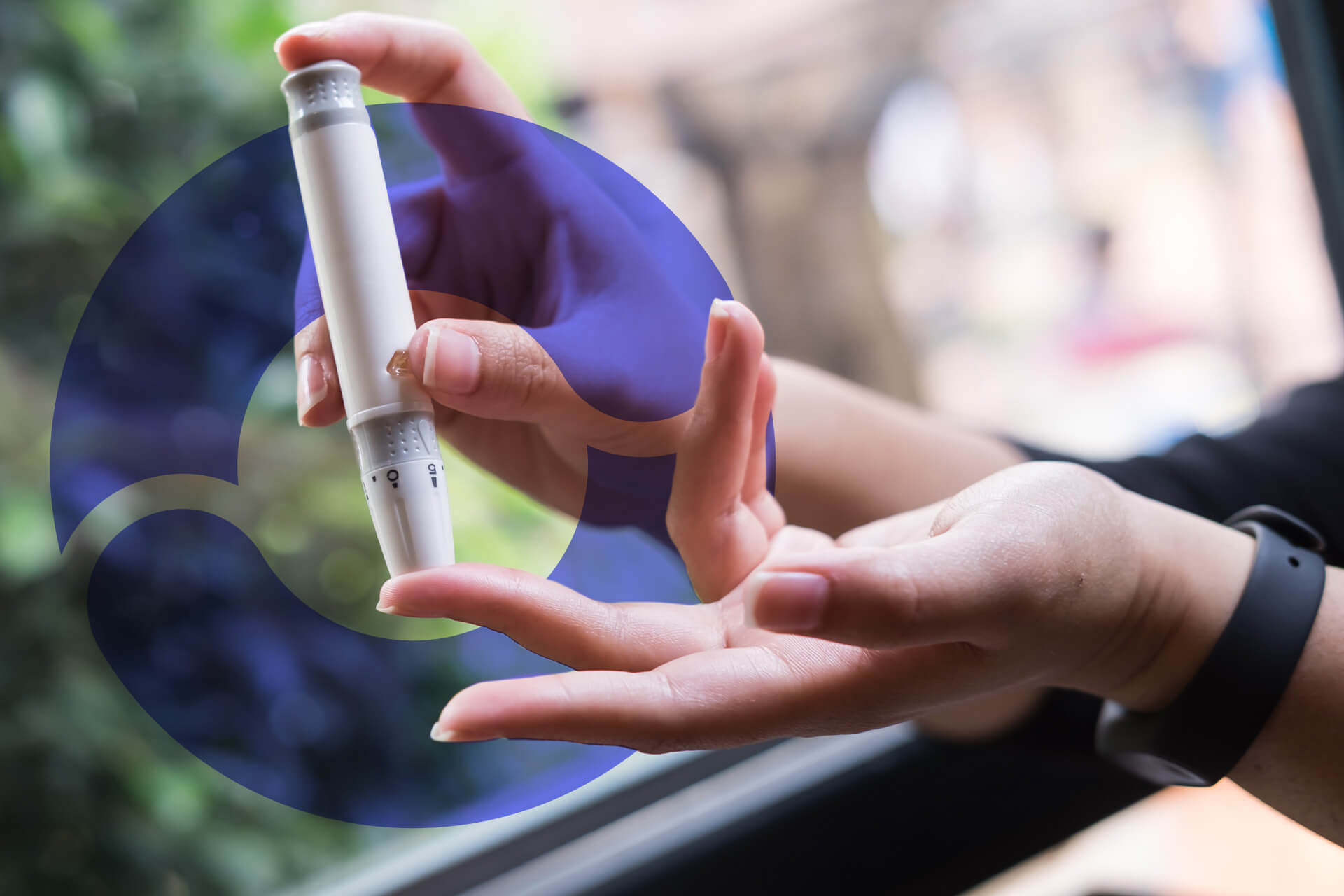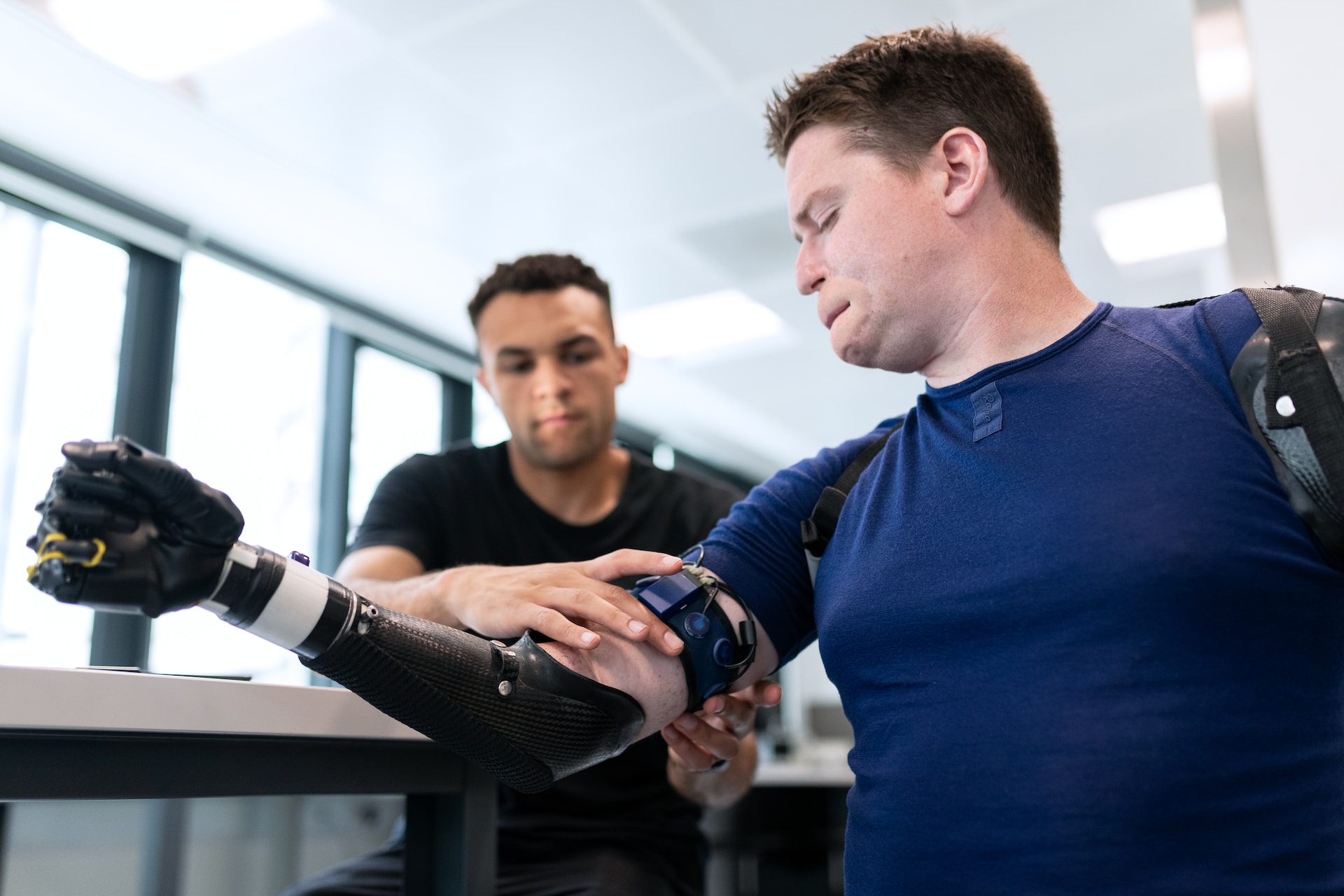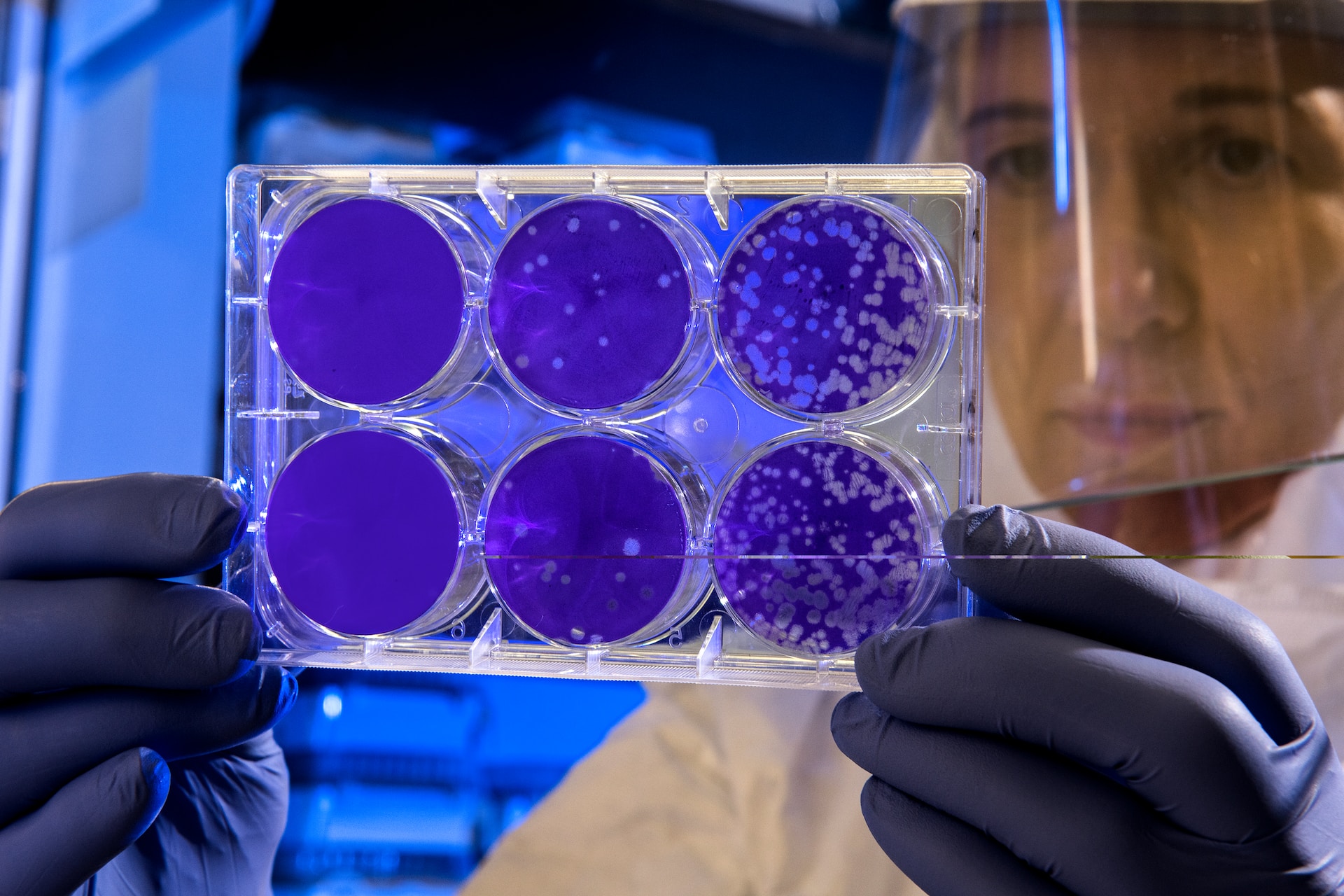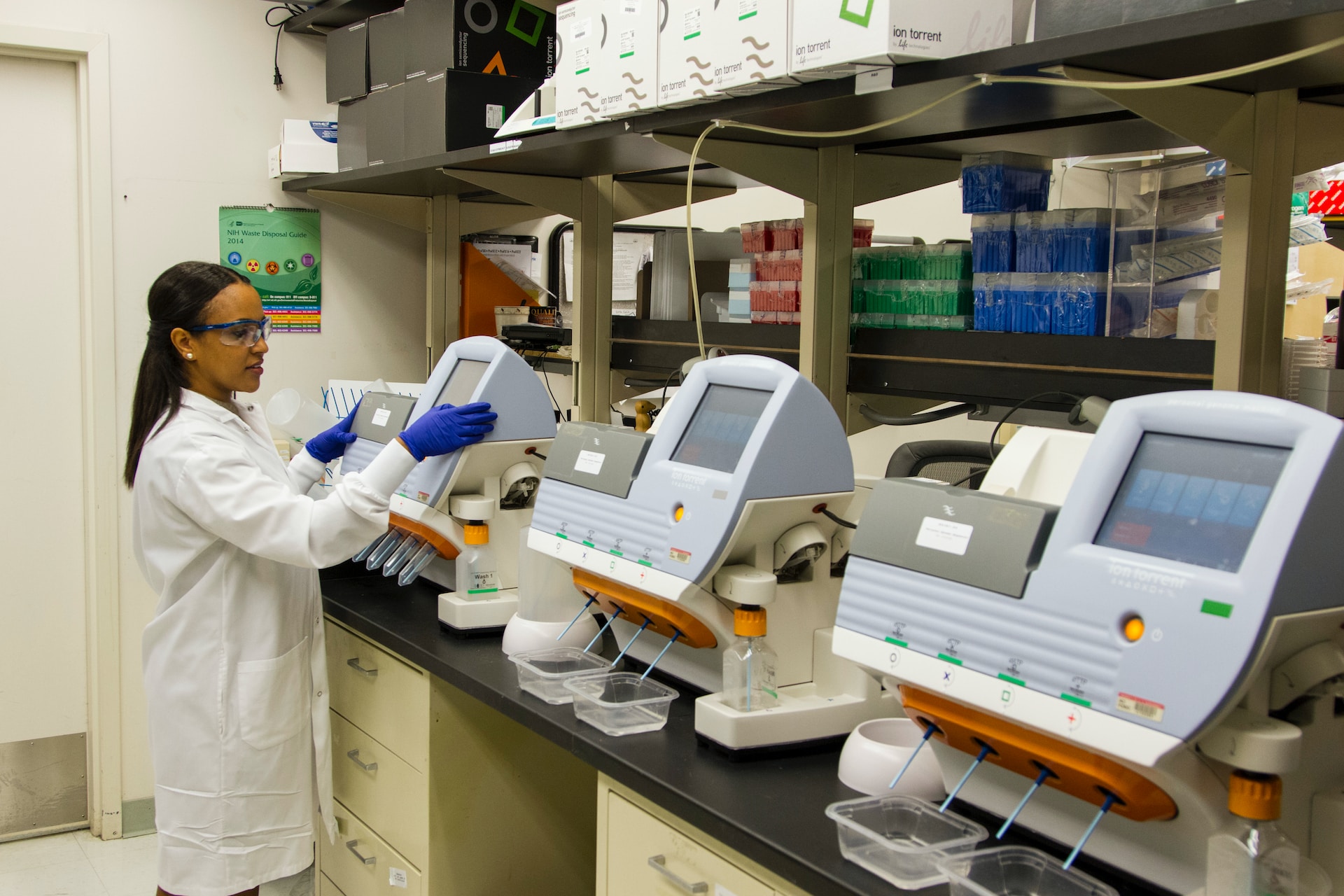
What Are the Different Types of Diabetes?
July 25, 2019 - Emily Newton
Revolutionized is reader-supported. When you buy through links on our site, we may earn an affiliate commision. Learn more here.
Whole Health concerns are on the news all the time. People always want to know what they can do to stay healthy. People frequently mention diabetes as a concern. Most of the time, doctors mention it while conducting studies on people who regularly consume extra-large sodas and lots of sugar. The truth is that diabetes is about much more than watching your blood sugar.
There are five types of diabetes that people should be aware of. Read on to learn what they are and if they’re something you could be at risk of developing. This research is good to learn about, but it is by no means more important than talking with your doctor about your health. This information is meant to educate, not diagnose. Make an appointment with your physician if you have any questions or concerns.
1. Juvenile diabetes and Severe Autoimmune Diabetes (Type 1)
Type 1 diabetes is most commonly diagnosed in children and young adults, with the peak diagnosis age being 14 years old. This type of diabetes is chronic because the pancreas produces little or no insulin. Symptoms typically include:
- Increased thirst
- Extreme hunger
- Frequent urination
- Weight loss
- Exhaustion
However, these symptoms are also similar to a subset of Type 1 diabetes known as severe autoimmune diabetes. People who reach adulthood without Type 1 diabetes may still be at risk for developing Severe Autoimmune Diabetes. It’s a form of diabetes that most often appears in adults over 30. It’s an autoimmune disease that turns the body’s immune system around so it kills insulin-producing cells.
Within five years of diagnosis, LADA patients will require insulin therapy like Type 1 diabetes. This form of the disease develops slowly. Regular blood glucose testing before eating and going to sleep is the typical treatment plan.
2. Severe Insulin-Deficient Diabetes
Doctors refer to the second cluster of diabetes as severe insulin-deficient diabetes (SIDD). This occurs in patients when their body stops making insulin-producing cells. These patients are also found to be GADA negative, which means their immune systems target the glutamic acid decarboxylase (GAD) enzymes that the pancreas produces.
Otherwise, they have the same symptoms as LADA patients. Patients diagnosed with SIDD receive an insulin replacement plan. This requires rapid-acting insulin that provides basal and postprandial types the body needs to balance blood sugar levels.
3. Severe Insulin-Resistant Diabetes (Type 2)
Severe insulin-resistant diabetes is another cluster that forms over time. An unhealthy diet, lack of exercise and sleep, and smoking all contribute to how the body handles insulin. As insulin levels decrease, the body tries to create more of it. After years of trying to compensate, the pancreas becomes worn out and can’t keep up, ultimately failing to produce any or enough insulin.
This is also known as Type 2 diabetes. It can be effectively managed with lifestyle changes and blood sugar monitoring as prescribed by your doctor. Modifications may include consuming fruits and vegetables, eating a certain number of times per day, reducing animal fats and adding in some daily exercise.
4. Mild Obesity-Related Diabetes
Studies have shown that while not all obese patients have diabetes, insulin resistance is found to be a common side effect of weight gain. Patients with no history of diabetes can develop it after struggling with obesity. Mild obesity-related diabetes is the fourth cluster. Ectopic fat accumulation causes insulin resistance, resulting in many overweight patients forming what’s also commonly known as Type 2 diabetes.
Treatment for this diabetes cluster is a combination of insulin and exercise. Doctors may also prescribe medication to aid in balancing blood sugar levels while losing weight. Some people who are new to exercise may confuse how they feel after exercising with low blood pressure symptoms. That’s why it’s so important for every diabetes patient to learn when their blood sugar is off. Symptoms can occur when blood sugar is low, such as:
- Irritability
- Fatigue
- Tremors
- Profuse sweating
- Headaches
If unsure of your symptoms, call your doctor. They’ll know your case and advise the best solution to carefully raise your blood sugar.
5. Mild Age-Related Diabetes
Another cause of diabetes can be a person’s age. Elderly individuals who develop diabetes belong to cluster five, also known as mild age-related diabetes. More than 25 percent of the U.S. population over age 65 has been diagnosed with diabetes.
This relates back to the pancreas becoming tired after years of making and overproducing insulin. Doctors help older patients manage their diabetes through lifestyle changes and possibly the assistance of medication. Patients could prevent or delay the disease if doctors catch early symptoms soon enough.
How to Prevent Diabetes
These types of diabetes are closely related to a person’s lifestyle, which leaves many people wondering how to prevent it. A great first step is to get more physical activity.
There’s no need to train rigorously for a marathon. As long as you get moderate aerobic exercise or resistance training, your body will develop insulin sensitivity, which moderates your blood sugar level naturally.
Fiber is also another important part of preventing diabetes from occurring. It improves blood sugar control when found naturally in foods. High-fiber foods include fruits, vegetables, nuts and beans. Along with eating fiber and exercising, you can increase your whole grain intake to maintain healthy blood sugar levels.
Half of your daily grains should be whole, which are easy to find. Whole grains are an ingredient in many foods today, such as bread, cereal and pasta.
Talk With Your Doctor
The best thing anyone concerned about these types of diabetes can do is talk with their doctor. They will know your specific case and advise you on which prevention or treatment plans are right for you.
In some cases, they may even say prevention techniques will only hold diabetes off for a little longer. No matter what your lifestyle looks like, your DNA, age or even ethnicity could mean your chances of developing diabetes may be higher than others.
Talk to your doctor about your concerns to learn more about the different types diabetes and how it may affect your future. Lifestyle changes and medication can help patients live life without constantly dealing with fluctuating blood sugar levels.
Revolutionized is reader-supported. When you buy through links on our site, we may earn an affiliate commision. Learn more here.
Author
Emily Newton
Emily Newton is a technology and industrial journalist and the Editor in Chief of Revolutionized. She manages the sites publishing schedule, SEO optimization and content strategy. Emily enjoys writing and researching articles about how technology is changing every industry. When she isn't working, Emily enjoys playing video games or curling up with a good book.




